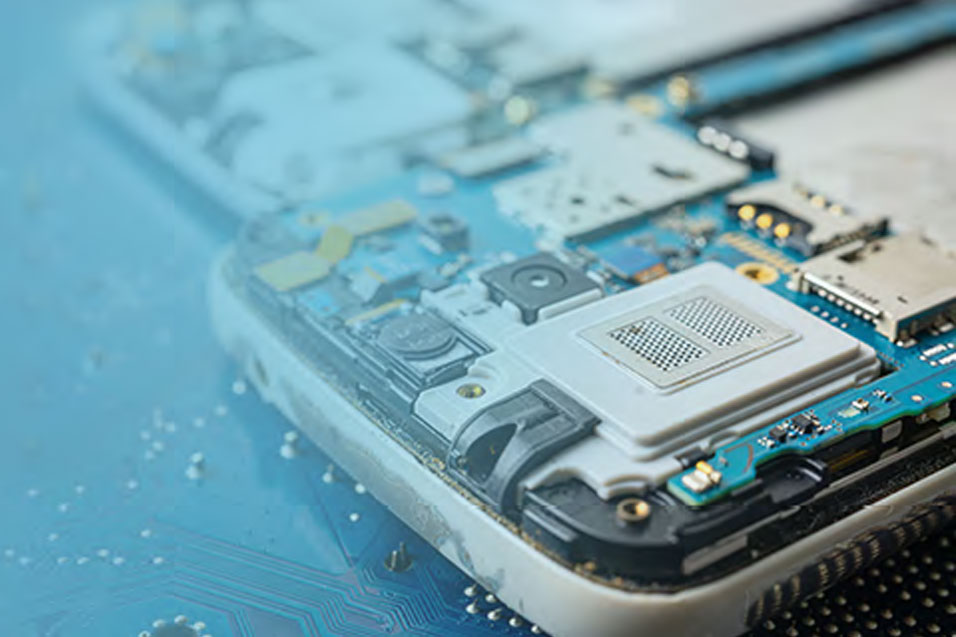NVMe is a scalable host controller interface designed for enterprise and client SSDs over PCIe. NVMe Work Group got transitioned into an industry standard organization in March-2014. Since it is a much advanced interface, it uses only a single message for 4KB transfers instead of two and can process multiple queues up to 65,536, rather than a single queue when compared with erstwhile AHCI and SATA interfaces. This does improve the server processing with lots of simultaneous disk I/O requests.
Based primarily on PCIe backhaul, NVMe SSDs are becoming prominent in market. As with PCIe backhaul, NVMe has been able to achieve almost 3 GB/s of read bandwidth and ~500K IOPs, contrary to SATA and SAS based SSDs where data throughput was bottlenecked at 600MBs and maximum achievable IOPs were ~100K. Samsung 1.6TB MZ-WEIT10 was the first SSD to be launched with NVMe last summer. It was shipped with Dell’s PowerEdge R920 servers. But the first consumer NVMe drive was launched by Intel named Intel 750, this April.
As per IDC Report of June-2014, PCIe will be the leading interface for datacenter SSDs by 2018.
Figure 1: Enterprise SSD Unit Shipment Forecast by Interface (Source: IDC)
Similarly for Client SSD market, Forward Insights has forecasted that by 2018, PCIe will have 75% market share and the major contributors for this growth would be PCIe performance and M.2 form factor.
Figure 2: Client SSD Unit Shipment Forecast by Interface (Source: Forward Insights)
Here I have tried to highlight five major contributing factors fueling growth to NVMe adoption in Flash SSD market.
Factor 1: Scalable Performance Selection
NVMe leverages the scalability of PCIe which empowers OEMs with flexibility to choose right performance point for individual drives. OEMs are thus able to design and manufacture drives as per performance requirements and thus pass on price benefits to customers.
Figure 3: Performance comparison between different flash interfaces (Source: www.pcisig.com, www.t10.org, www.sata-io.org)
Factor 2: Higher Efficiency
NVMe puts aside SAS and SATA products when it comes to IOPS efficiency in both random and sequential workloads. As IOPS plays significant role determining drive efficiency, this has become one of the major contributing factors to NVMe adoption.
Figure 4: Random Workload comparison (Source: Intel (PCIe/NVMe @ QD 128 ; SAS/SATA @ QD32)
Figure 5: Sequential Workload comparison (Source: Intel (PCIe/NVMe 128K @ QD 128 ; SATA 128K @ QD32; SAS 64K @QD32)
Factor 3: Large Application Base
NVMe is being used in client (consumer devices) as well as datacenter SSD storage units as it increases system performance while reducing form factor and overcoming capacity limitations.
NVMe has enabled SSDs to become hot pluggable, which ensures 24×7 working of datacenters even when some SSDs are being removed for replacement or servicing.
Factor 4: Large Ecosystem of OS drivers
NVMe Native OS drivers are readily available which makes it easier for OEMs to reduce time-to-market and easily assess system performance with varied operating systems and choose the very best best for their applications.
Some of the major operating systems with driver availability have been mentioned below
- Windows: Available for Windows* 8.1 and Windows* Server 2012
- Linux: Available with Linux* kernel 3.12
- Unix: Available with FreeBSD
- VMware: Available as vmklinux on SourceForge
- UEFI: Available on SourceForge
Factor 5: Huge focus on Conformance and Interoperability
Interoperability is another major contributor of growing adoption of NVMe SSDs, as it enables OEMs to ensure device performance and proper functioning in multivendor/multi-interface environments. NVM.ORG and University of New Hampshire (UNH) have provided a draft of detailed specifications of NVMe and Interoperability test requirements and these are being updated/revised with continuous research.
Foreseeing the NVMe SSD market trends, we at eInfochips have created verification and validation test suites for NVMe based product designs. These test suites suffice both System and Silicon level test requirements, thus empowering both SSD OEMs and NVMe Controller Silicon vendors to leverage benefits out of it by reducing time to market.
Further details on this topic will be provided in the second part of the blog.













